Understanding Porcelain Veneers and Their Increasing Popularity
Porcelain veneers have become a popular cosmetic dental solution renowned for transforming smiles with exceptional aesthetics and durability. As a thin shell of porcelain bonded to front teeth, veneers correct imperfections such as discoloration, chips, and misalignment, delivering a natural appearance that mimics tooth enamel. This article delves into the statistical evidence on the success rates, patient satisfaction, durability, and technological advancements related to porcelain veneers, offering a comprehensive overview for prospective patients and dental professionals alike.
Success Rates and Longevity of Porcelain Veneers
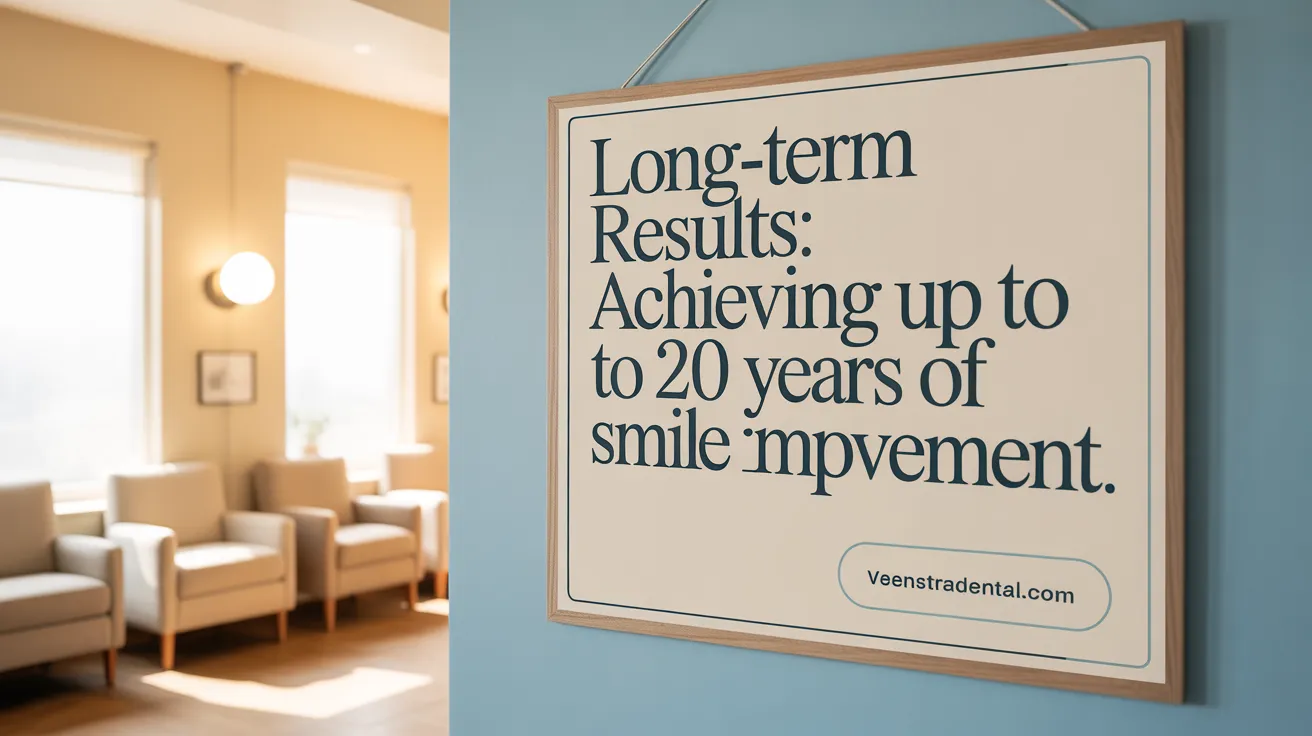
What is the success rate of porcelain veneers?
Porcelain veneers are regarded as a highly successful cosmetic dental treatment with impressive long-term outcomes. Clinical studies reveal that approximately 96% of porcelain veneers remain functional after five years, with survival rates remaining over 90% even after 10 and 12 years. These statistics highlight their durability and reliability as a long-term solution for improving the appearance of anterior teeth.
The overall success of porcelain veneers depends heavily on materials used, proper case selection, and meticulous application techniques. Technologies such as feldspathic porcelain contribute to their longevity, thanks to properties like translucency, minimal tooth removal, and strong bonding capacity. newer systems like IPS e.max press provide increased strength but lack extensive long-term clinical data, which underscores the importance of ongoing research.
Factors that influence the lifespan of veneers include the preservation of enamel during preparation, proper cementation, and routine maintenance. High-quality bonding and careful avoidance of damaging habits like grinding or chewing on hard objects further prolong their functional life. Regular dental check-ups and good oral hygiene are essential to maintaining their appearance and structural integrity.
In summary, porcelain veneers demonstrate high success rates with most lasting between 10 to 15 years, often exceeding this with optimal care. Their ability to resist staining, mimic natural enamel, and withstand daily stresses solidifies their status as a top choice for durable, esthetic dental restorations.
Durability and Maintenance of Porcelain Veneers
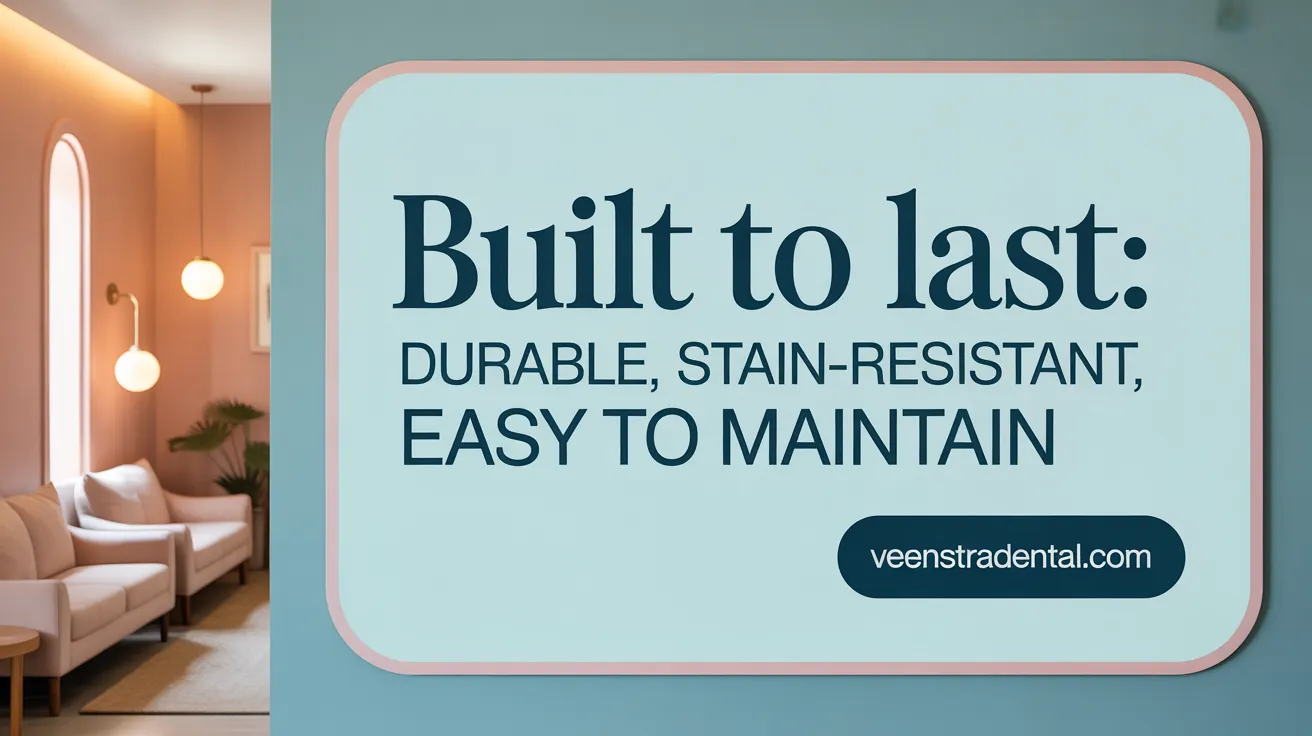
How durable are porcelain veneers?
Porcelain veneers are celebrated for their resilience and ability to withstand the daily stresses of biting and chewing. They are crafted from high-quality ceramic materials that resist staining and wear, making them a favored option for long-term cosmetic enhancement. Clinical studies demonstrate that porcelain veneers typically last between 10 and 15 years, and with meticulous care, some can even maintain their appearance beyond this range.
Their strength is further supported by modern fabrication techniques such as CAD/CAM technology and the use of improved ceramic systems like leucite-reinforced glass ceramics. These advancements have enhanced both the aesthetic quality and mechanical durability of veneers.
However, despite their robustness, porcelain veneers are not impervious to damage. Excessive force, such as biting on hard objects or grinding teeth, can cause chipping or fractures. Therefore, patient habits play a critical role in the longevity of veneers.
How does stain resistance contribute to longevity?
One of the major advantages of porcelain veneers is their outstanding resistance to stains. They mimic the natural translucency and shine of enamel, maintaining their brightness over years. This quality makes porcelain veneers ideal for individuals who regularly consume staining substances like coffee, tea, or red wine.
Proper maintenance and avoiding staining foods further help preserve their aesthetic appeal, ensuring the veneers remain looking natural and fresh for many years.
What impact do oral habits have?
The lifespan of veneers is significantly influenced by habits such as teeth grinding (bruxism) or biting on hard objects. These activities can lead to chipping, cracking, or wearing down the veneers prematurely.
Patients with such habits are advised to use protective mouthguards and to seek treatment for underlying issues to prevent damage.
Recommended maintenance practices
Maintaining porcelain veneers involves routine oral hygiene and regular dental visits. Brushing twice daily, flossing, and professional cleanings help keep the natural teeth and veneers in optimal condition.
Avoiding habits that can harm the veneers, like biting nails or using teeth as tools, is essential. If sensitive or damaged, prompt dental assessments can facilitate repairs or replacements, extending the lifespan of the veneers.
In summary, porcelain veneers offer a durable, stain-resistant, aesthetically pleasing solution for long-term smile enhancement. Their success relies heavily on proper case selection, material quality, precise placement, and diligent maintenance.
Comparing Patient Satisfaction: Porcelain Veneers vs. Alternative Cosmetic Options
How do porcelain veneers compare to other cosmetic dental options in terms of patient satisfaction and aesthetic outcomes?
Porcelain veneers are widely recognized for delivering high levels of patient satisfaction and exceptional aesthetic results. They mimic the translucency and shine of natural enamel, providing a natural and lifelike appearance. Studies show that patient satisfaction rates with porcelain veneers often range from 80% to 100%, highlighting their popularity among those seeking aesthetic improvements.
In terms of longevity, porcelain veneers typically last between 10 and 20 years when properly maintained. Their high survival rates, often exceeding 90%, reinforce their durability and long-term effectiveness. Patients appreciate their resistance to staining, which helps maintain a bright smile over years of use.
When compared to alternative cosmetic options like composite veneers, the differences become clearer. Composite veneers, made from tooth-colored resin, are more conservative, cost less, and can often be applied in a single visit with minimal tooth reduction. However, they generally have a shorter lifespan, averaging around 5 to 7 years, and are more susceptible to staining and chipping.
Interestingly, some clinical studies show no significant statistical difference between porcelain and composite veneers in terms of perceived cosmetic improvement, with p-values indicating comparable results. Both options can effectively enhance the smile, but porcelain veneers are favored for their durability and natural look.
Other cosmetic options like crowns or orthodontic treatments serve different needs and may not be directly comparable in terms of satisfaction for cosmetic enhancement alone. Dental bonding, for instance, offers quick fixes but lacks the longevity of porcelain veneers.
Overall, porcelain veneers are considered an excellent long-term solution for achieving a natural, aesthetically pleasing smile. Patient preferences often lean towards veneers for their durability and superior appearance, though factors like cost, invasiveness, and the desire for a conservative, less expensive procedure influence individual choices.
Key Factors Influencing the Lifespan and Durability of Porcelain Veneers
What factors influence the lifespan and durability of porcelain veneers?
Several aspects determine how long porcelain veneers last and how well they withstand daily wear. The choice of materials and the skills of the dental professional are foundational.
High-quality porcelain, such as feldspathic porcelain or advanced ceramics like IPS e.max, is crafted to be durable, translucent, and resistant to staining. When paired with precise application techniques, the longevity of veneers can reach 10 to 20 years.
The training and experience of the dentist are equally vital. Expert bonding techniques, including proper tooth preparation and the use of hydrofluoric acid etching to ensure strong cementation, greatly influence the success and durability of the restoration.
Maintaining good oral hygiene also plays a crucial role. Consistent brushing, flossing, and routine dental check-ups prevent decay, gum disease, and other issues that could compromise the veneer over time.
Lifestyle choices significantly impact veneer longevity. Avoiding foods and drinks that stain (like coffee, red wine, and tea) helps preserve aesthetic appeal. It’s also advisable to avoid biting hard objects such as ice or pens, which can crack or chip porcelain.
For patients prone to grinding or clenching, wearing a mouthguard during sleep reduces undue stress, protecting the veneer’s structure. Additionally, refraining from habits like smoking and staying away from sticky or hard foods help prevent early wear or damage.
Together, high material quality, skilled application, diligent oral care, and healthy lifestyle choices contribute to achieving the longest possible lifespan and maintaining the appearance of porcelain veneers.
Clinical Studies on Patient Perceptions and Smile Improvement with Porcelain Veneers
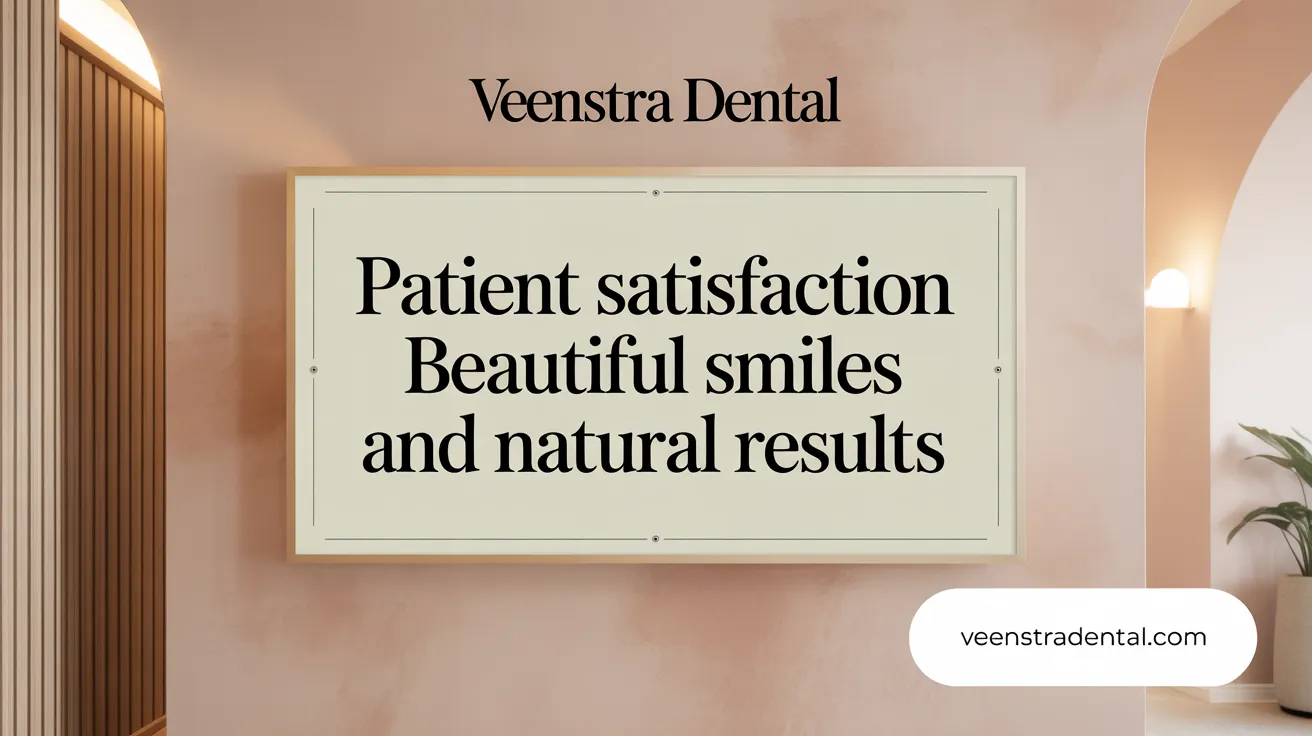
What do clinical studies reveal about patient perceptions, satisfaction, and smile improvement outcomes with porcelain veneers?
Research involving numerous patients has shown that porcelain veneers significantly boost perception of smile aesthetics. Clinical studies report that patients notice notable improvements in their smile’s appearance after treatment, leading to high satisfaction rates typically between 80% and 100%. These positive evaluations encompass both how the veneers look and how they function in daily life.
Patients particularly appreciate the natural look of porcelain, which closely mimics real enamel due to its translucency and shine. High survival rates of around 91% to over 94% over periods spanning from 5 to 20 years further reinforce the durability and long-term satisfaction associated with porcelain veneers.
The use of digital planning tools, including AI-driven visualization, greatly enhances patient understanding and expectations. Such tools allow patients to preview their new smile, making them more comfortable and confident about the procedure.
Aesthetic features like the smile arc, overall symmetry, and tooth color heavily influence patient satisfaction. Females, in particular, tend to associate these specific smile characteristics with their overall contentment.
Interestingly, patients often rate their smile improvement higher than what dental professionals predict. This tendency towards an optimistic perception underscores the importance of personalized communication and digital visualization in cosmetic dentistry.
In summary, clinical evidence confirms that porcelain veneers not only provide durable, stain-resistant, and lifelike results but also significantly enhance patient perception of their smile. The integration of digital tools amplifies these benefits, fostering higher satisfaction and better overall outcomes.
Technological Advances Enhancing Satisfaction and Durability of Porcelain Veneers
What technological advances and trends are impacting the satisfaction and durability of porcelain veneers?
Recent technological progress has greatly improved the overall success and longevity of porcelain veneers. Among the most influential developments are digital planning tools such as 3D scans and computer-aided design and manufacturing (CAD/CAM) systems. These technologies allow for precise customization of veneers, resulting in a better fit, improved aesthetics, and higher patient satisfaction.
Innovations in ceramic materials, including high-strength translucent options, have contributed to more durable veneers that mimic natural tooth appearance closely. Thinner veneers, made possible through advances in material science, preserve more of the natural tooth and reduce preparation time, leading to less invasive procedures.
Artificial intelligence (AI) is being increasingly integrated into treatment planning, helping predict long-term outcomes, evaluate the best material choices, and customize veneers more accurately. This increases the predictive success of treatments and ensures more consistent results.
Surface conditioning techniques, such as laser etching and advanced bonding protocols, have greatly enhanced the adhesion process, reducing failure rates and extending veneer lifespan.
Additionally, digital manufacturing processes, including 3D printing and environmentally friendly production methods, streamline fabrication, improve consistency, and reduce waste.
Together, these technological strides are making porcelain veneers more reliable, longer-lasting, and highly satisfying for patients seeking cosmetic enhancement.
Statistical Evidence Supporting Long-Term Success of Porcelain Veneers
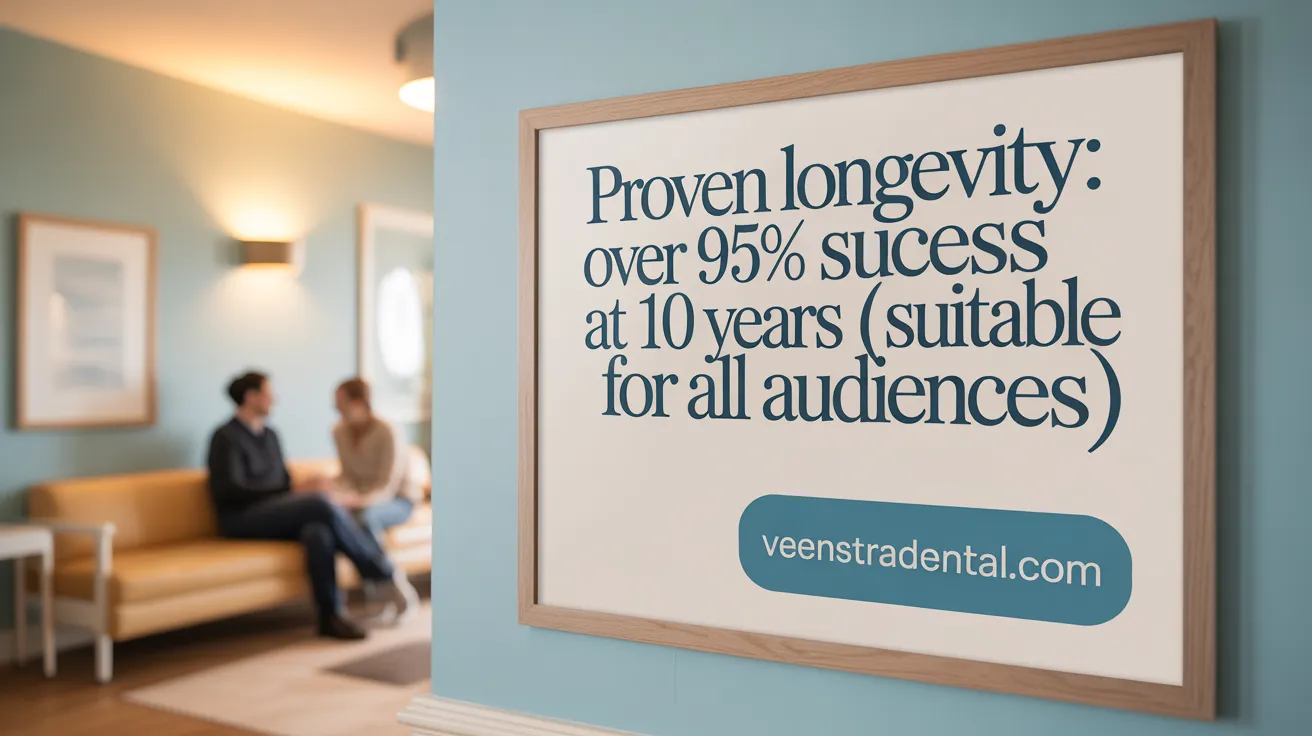 Porcelain veneers have been extensively studied for their durability and long-term performance, with many clinical investigations confirming their success over extended periods.
Porcelain veneers have been extensively studied for their durability and long-term performance, with many clinical investigations confirming their success over extended periods.
Survival rates of porcelain veneers are impressively high. Data shows that approximately 95% of veneers remain functional at 10 years, and around 86% are successful at 15 years. Some studies even report survival rates of about 83% at 20 years, with a few cases reaching beyond 50 years of service. These statistics reflect the durability of porcelain veneers under typical oral conditions.
The methodologies used to assess these outcomes often involve Kaplan–Meier survival analysis. This statistical tool enables researchers to estimate the probability of veneer survival over time while accounting for any cases lost to follow-up. The consistent application of such methods across studies provides strong evidence for the reliability of the results.
Advancements in ceramic technology have played a role in enhancing the strength and resilience of veneers. Newer ceramic systems, such as IPS e.max press, incorporate leucite or lithium disilicate for added durability. Although long-term clinical data on these newer materials are still emerging, early results are promising.
Clinical outcome data supports these findings, with patients reporting high satisfaction and minimal failure, such as chipping or debonding. The convergence of high survival rates, robust statistical evidence, and technological progress illustrates the long-term viability of porcelain veneers as a restorative option.
| Time Frame | Survival Rate | Additional Observations |
|---|---|---|
| 10 years | ~95% | Most veneers remain intact and functional |
| 15 years | ~86% | Slight decrease, still high success |
| 20 years | ~83% | Longest documented survivals include some over 50 years |
These compelling statistics underscore that porcelain veneers, when properly placed and maintained, can serve as a durable and long-lasting cosmetic solution, justified by both clinical evidence and technological advancements.
Cost Considerations and Comparative Longevity of Porcelain and Composite Veneers
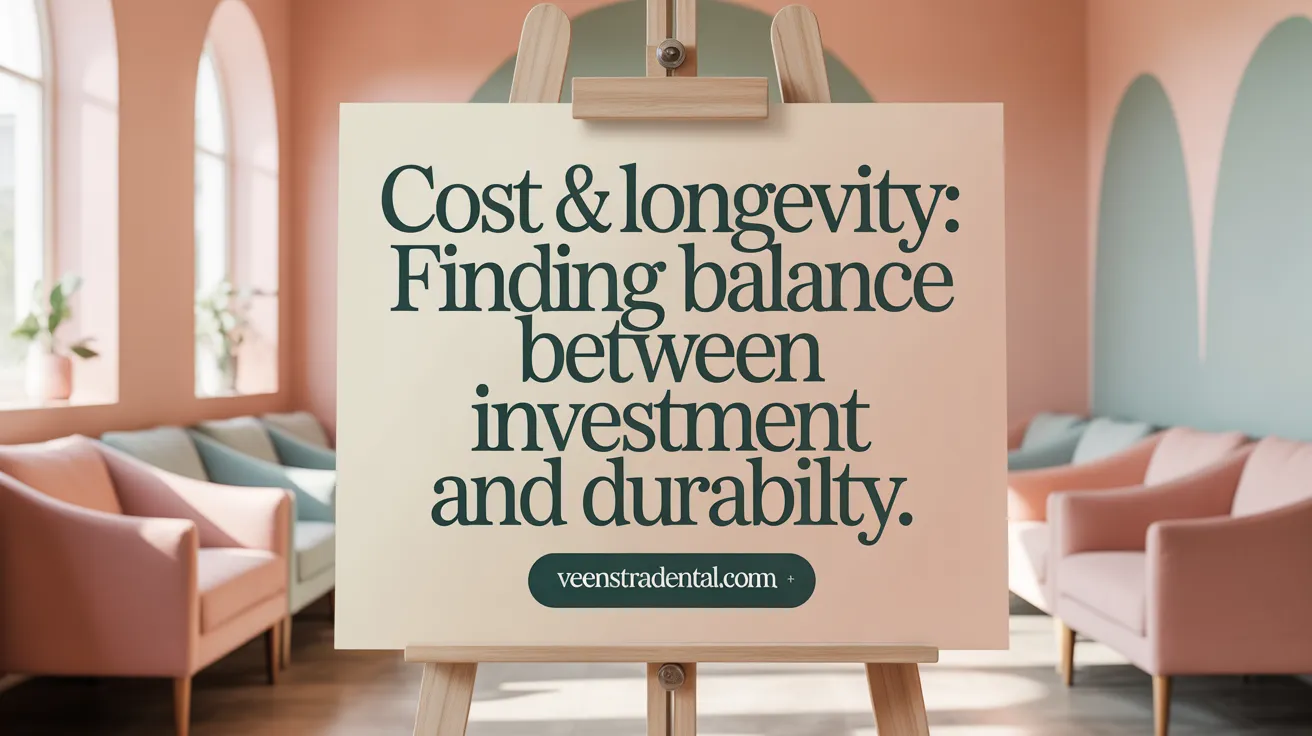
What is the cost range of porcelain versus composite veneers?
Porcelain veneers tend to be more expensive than composite veneers. Typically, porcelain veneers cost between $800 and $2,500 per tooth, reflecting their high-quality materials and custom craftsmanship. In contrast, composite veneers are more affordable, with prices ranging from $250 to $1,500 per tooth. The higher cost of porcelain is justified by their superior aesthetics, durability, and resistance to stains.
How do their lifespans compare?
In terms of longevity, porcelain veneers generally last longer than composite veneers. Most porcelain veneers have a lifespan of about 10 to 15 years, with some lasting over 20 years when maintained properly. They have excellent stain resistance and are very durable. On the other hand, composite veneers tend to last around 5 to 7 years. They are more susceptible to staining, chipping, and wear, which can limit their durability over time.
What about repair and replacement costs?
Repairing porcelain veneers can be costly, especially if damage occurs, but with proper care, replacements are needed less frequently. Porcelain veneers, when well-maintained, often do not require repair in their first decade. Conversely, composite veneers, due to their shorter lifespan and lower resistance to damage, may need repairs or replacements more frequently, increasing long-term costs.
What factors influence patient preferences?
| Factor | Influence on Choice | Additional Details |
|---|---|---|
| Cost | Most patients favor the more affordable option | Composite veneers are often chosen for their lower initial cost |
| Longevity | Patients looking for longer-lasting results prefer porcelain | Durability and stain resistance make porcelain more desirable |
| Aesthetic outcome | Both materials improve appearance, but porcelain offers a more natural look | Porcelain mimics natural enamel better, often preferred for aesthetic reasons |
| Preservation of tooth structure | Conservative preparation favors composite veneers | Composite veneers usually require less removal of natural tooth enamel |
| Personal habits and maintenance | Patients committed to good oral hygiene tend to favor porcelain | Proper care can extend the life of both veneer types |
Understanding these factors helps patients and clinicians choose the most suitable veneer type based on initial investment, expected longevity, maintenance costs, and personal preferences.
Porcelain Veneers: A Data-Driven Smile Transformation Solution
Extensive clinical research and patient-reported outcomes consistently confirm that porcelain veneers provide a highly successful, durable, and aesthetically superior option for smile transformation. With survival rates exceeding 90% after a decade, and many lasting well beyond 15 years, their longevity is supported by advances in materials science and precise application techniques. Patient satisfaction is remarkably high, especially when combined with modern digital planning and personalized treatment. While alternatives like composite veneers offer cost-effective and conservative options, porcelain veneers remain the gold standard for those seeking long-term durability and natural, lasting beauty. Proper maintenance, lifestyle choices, and skilled dental care are essential to maximize their lifespan, ensuring smiles remain bright and confident for years to come.
References
- The Success of Dental Veneers According To Preparation Design ...
- Advances in dental veneers: materials, applications, and techniques
- The effect of veneers on cosmetic improvement | British Dental Journal
- Are Porcelain Veneers Permanent? What You Need To Know
- Long‐Term Outcomes of Ceramic Veneers Restorations: A ...
- LONG TERM DURABILITY OF DENTAL VENEERS: WHAT YOU ...
- Porcelain Veneer Smile Makeovers: Everyone Should Love Their ...
- How Long Do Veneers Last | Manor House Dental
- Why Porcelain Veneers Are Worth the Investment
